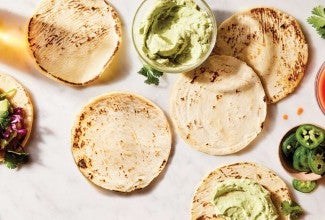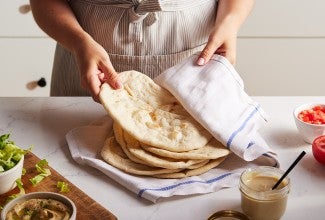Gluten-Free Sourdough Flatbread
If you're looking for a great-tasting and versatile gluten-free bread, try toasting these tangy sourdough flatbreads as a snack for your favorite dips and spreads; or use them as rounds with your favorite sandwich fillings.




















